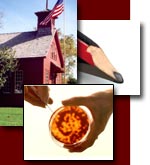| Site Map | Contacts | Links | Newsletter | |
Homeschool:
Anthropology
Anthropology is the study of man, namely, his origin, physical, social, and cultural development. Archaeologists are subgroup of anthropologists who excavate the material remains of man in the past. For an overview of the different periods in archaeological history see Archaeology.
Recommended Reading: For a great introduction to archaeology read Invitation to Archaeology by James Deetz. For Early American Archaeology read In Small Things Forgotten by James Deetz.
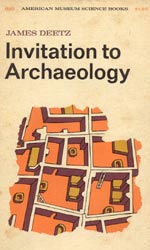 |
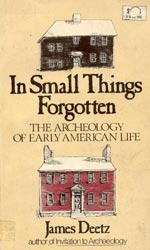 |
| Invitation to Archaeology by James Deetz | In Small Things Forgotten by James Deetz. |
Indians
When Columbus discovered America in 1492, he thought he had reached India, and therefore named the people of America, Indians. There was much speculation as to how the Indians came to America. Joseph Smith believed that the Indians were some of the lost tribes of Israel. Smith wrote the Book of Mormon to explain how the Indians were some of the lost tribes of Israel that Christ visited after he arose. Smith claims that the angel Moroni came to him and showed him where there was a book of golden plates written in hieroglyphics that he was able to translate with special glasses. This translation was the Book of Mormon. Joseph Smith's views are not backed by archaeological research. They were mere 19th century speculation about the Indians. For more information on the Mormons see the Mormons in Transition Website.
Herbert W. Armstrong who founded the World Wide Church of God believed that the ten lost tribes of Israel were the white British-American people. There is no evidence for this. For more information on the 10 lost tribes of Israel see Lost Tribes.
Indians probably came from Asia by land over the frozen Bering Strait following mammoths, and by boat following close to shore some 20,000 years ago.
Indian History
Paleo-Indians
About 10,000 BC the mammoths became extinct probably because of the Indians, and the Indians turned to small game for food. Around 7,000 BC small game began to run out so the Indians turned to agriculture.
Eastern Woodland Culture
Mound Builders: Mound Builders: About 1,000 BC Indians started to build mounds. Some mounds were platforms for building while others were burial mounds containing Indian remains.
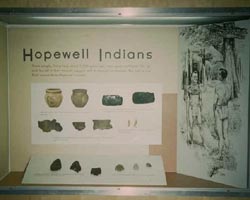 Adena
Culture: Mainly the Indians dwelling in the Ohio valley who pioneered
the building of many mounds from about 500 BC to 200 AD.
Adena
Culture: Mainly the Indians dwelling in the Ohio valley who pioneered
the building of many mounds from about 500 BC to 200 AD.
Hopewell Culture: The Hopewell culture spread from the Ohio (Scioto) valley to the Mississippi valley from about 100 BC and declined around 400 AD. They also built impressive mounds of which the greatest is in Newark, Ohio. Their trade center was near Chillicothe, Ohio.
Mississippian Culture: By 750 AD a new culture called the Mississippian culture emerged based on growing maize (corn). They built large towns, and earth mounds for temples. Across from modern day St. Louis, the Indians built the largest city and temple mound in North America called Cahokia. See Cahokia Mounds State Park, Illinois. They disappeared about the time settlers arrived from the old world probably because of epidemics and cultural change.
Indian Burial Sack
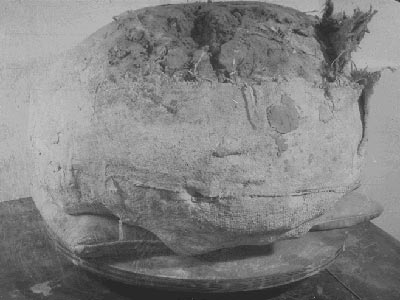
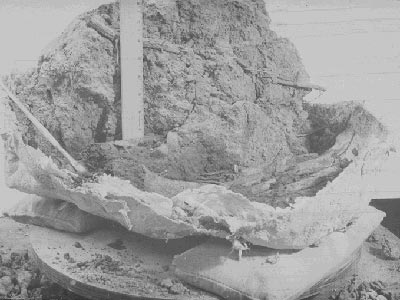
More than a half foot of dirt covers the bones.
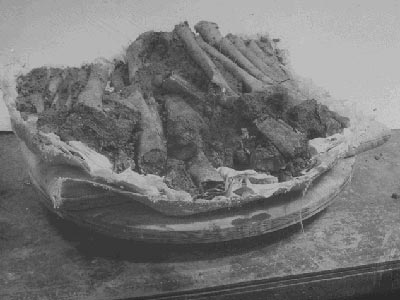
Bones of two Indians in the sack.
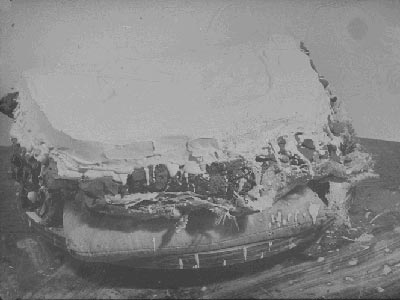
Latex mould is made to preserve the exact position of the bones.
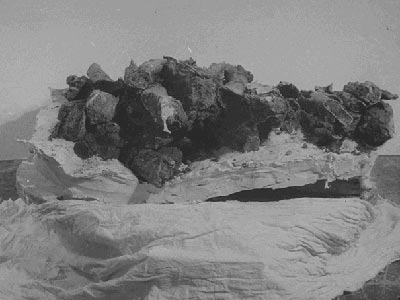
When dry it is turned over and holds bones in place.
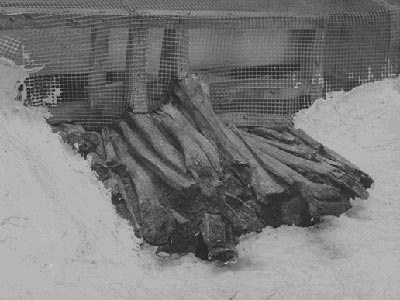
A set is made for the bones to be displayed.
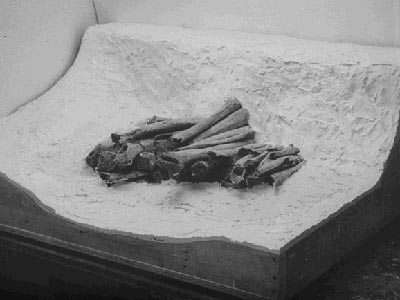
Plaster is put on mesh.
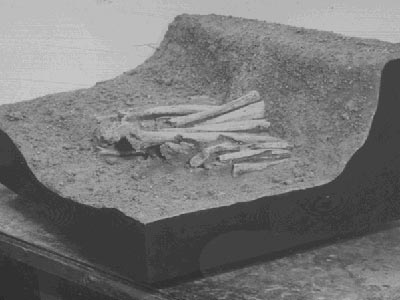
Dirt from the site is put around the bones.
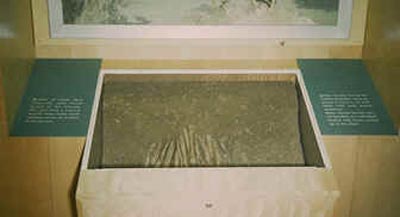
Final display of bones in museum.
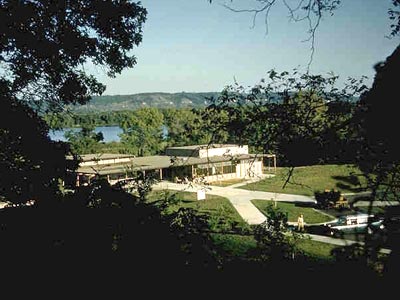
Museum were Indian bones are displayed.
